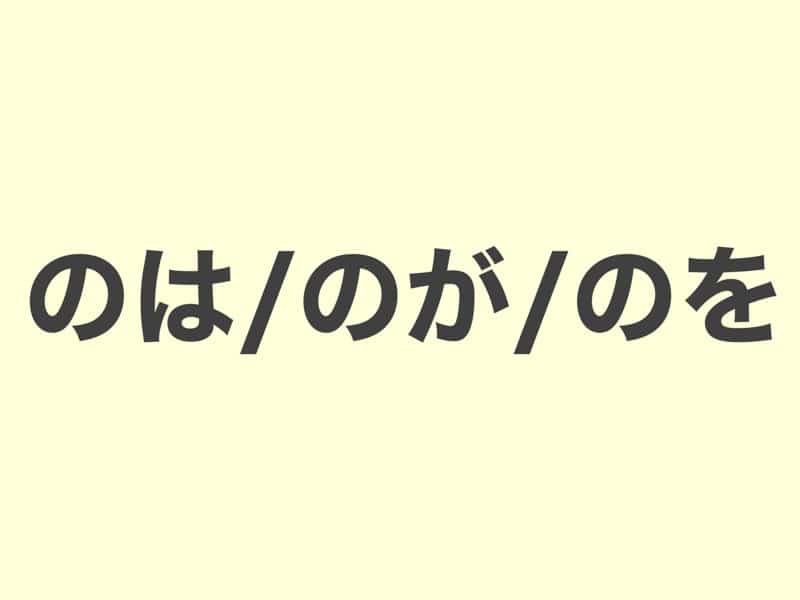説明 (Explanation)
文法(Grammar):普通形+のは・のが・のを
意味(Meaning):動詞や形容詞を名詞化(名詞のように扱うこと)する働きがあります。
①「のは」: 形容詞と一緒に使います。
②「のが」: 「好き」「嫌い」「下手」「上手」など「が」を使う形容詞と使います。
③「のを」: 動詞と一緒に使います。
英語(English):The grammar structures のを, のは, and のが are used to nominalize verbs (turn them into nouns) and connect them to the rest of the sentence.
①「のは」: Used with adjectives.
②「のが」: Used with adjectives like 好き, 嫌い, 下手, 上手, etc.,
③「のを」: Used with verbs.
JLPT Textbook Recommendations
例文 (Examples)
①
- 漢字を書くのは難しいです。
- 日本語を勉強するのは楽しいです。
②
- 本を読むのが好きです。
- ピアノを弾くのが上手です。
- 絵を描くのが下手です。
③
- 財布を持ってくるのを忘れました。
- ドアを閉めるのを忘れました。
- 明日テストがあるのを知っていますか。
- 来週の月曜日が授業がないのを知っていますか。
ひらなが (Hiragana)
①
- かんじをかくのはむずかしいです。
- にほんごをべんきょうするのはたのしいです。
②
- ほんをよむのがすきです。
- ぴあのをひくのがじょうずです。
- えをかくのがへたです。
③
- さいふをもってくるのをわすれました。
- どあをしめるのをわすれました。
- あしたテストがあるのをしっていますか。
- らいしゅうのげつようびがじゅぎょうがないのをしっていますか。
英語翻訳 (English Translation)
- Writing kanji is difficult.
- Studying Japanese is fun.
- I like reading books.
- I’m good at playing the piano.
- I’m bad at drawing pictures.
- I forgot to bring my wallet.
- I forgot to close the door.
- Do you know there’s a test tomorrow?
- Do you know there’s no class next Monday?





コメント